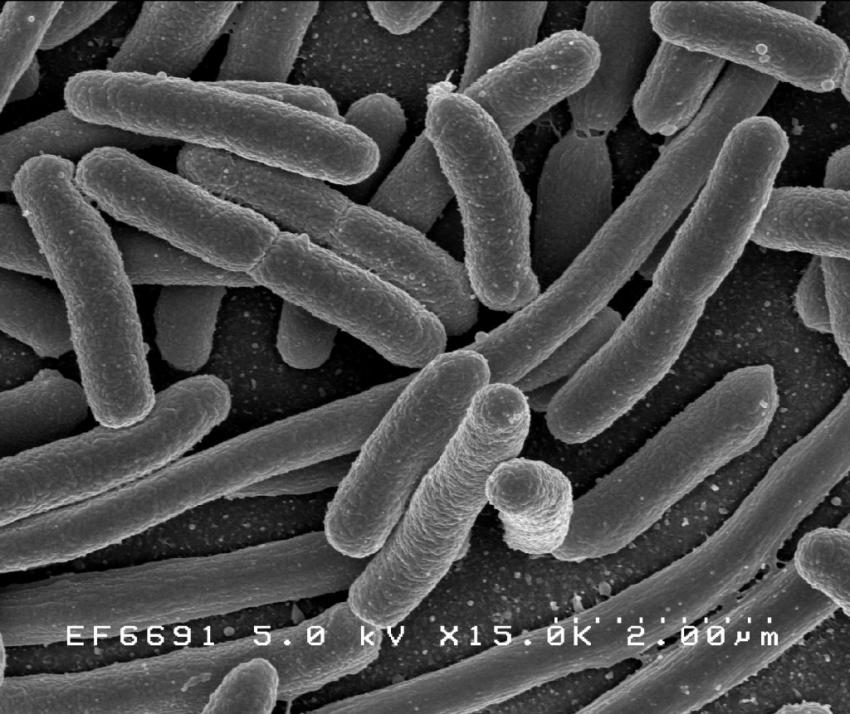Antibiotic-resistant bacteria have become a rapidly growing threat to public health. Each year, they account for more than 2.8 million infections, according to the U.S. Centers for Disease Control and Prevention. Without new antibiotics, even common injuries and infections harbor the potential to become lethal.
“The new polymers we synthesized could help fight antibiotic resistance in the future by providing antibacterial molecules that operate through a mechanism against which bacteria do not seem to develop resistance,” said Dr. Quentin Michaudel, an assistant professor in the Department of Chemistry and lead investigator in the research, published Dec. 11 in the Proceedings of the National Academy of Sciences.
Working at the interface of organic chemistry and polymer science, the Michaudel Laboratory was able to synthesize the new polymer by carefully designing a positively charged molecule that can be stitched many times to form a large molecule made of the same repeating charged motif using a carefully selected catalyst called AquaMet.
According to Michaudel, that catalyst proves key, given that it has to tolerate a high concentration of charges and also be water-soluble—a feature he describes as uncommon for this type of process.
After achieving success, the Michaudel Lab put its polymers to the test against two main types of antibiotic-resistant bacteria—E. coli and Staphylococcus aureus (MRSA)—in collaboration with Dr. Jessica Schiffman’s group at the University of Massachusetts Amherst. While awaiting those results, the researchers also tested their polymers’ toxicity against human red blood cells.
2023-12-26 06:00:03
Post from phys.org rnrn
